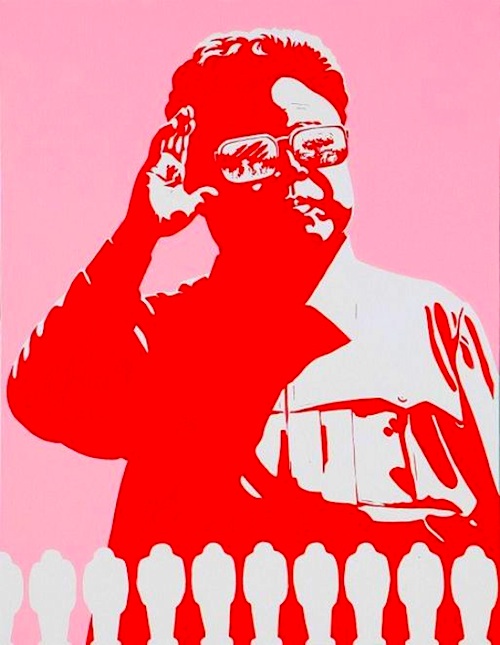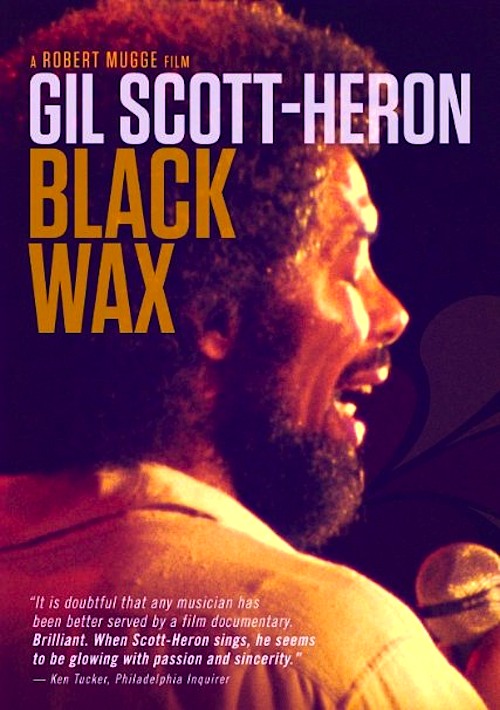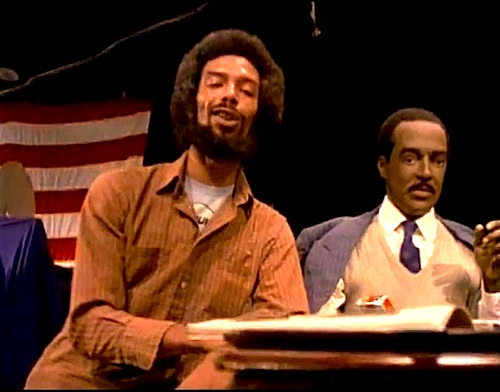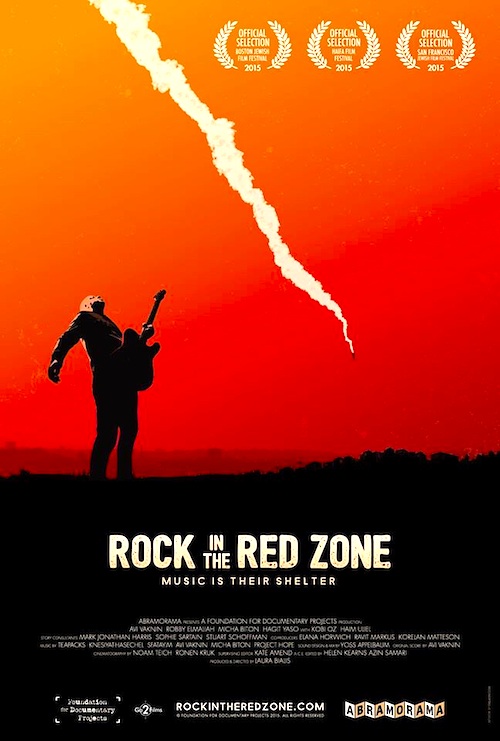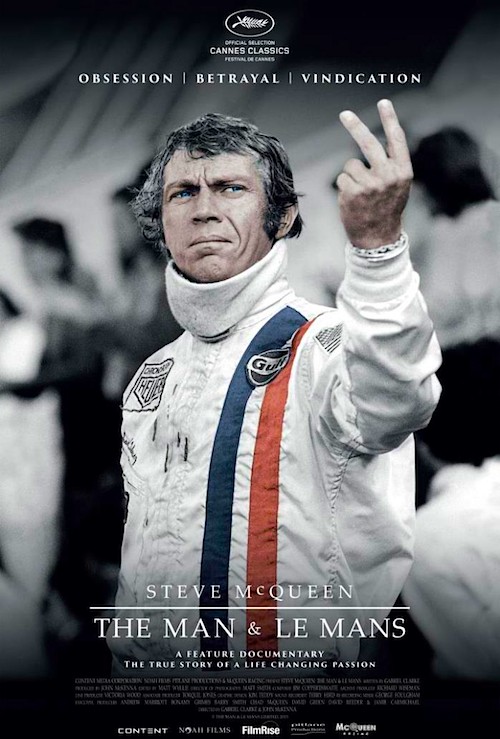By Joe Bendel. During the swinging sixties, Cambodia’s King Sihanouk was composing rock & roll tunes. Unfortunately, when he made his Faustian deal with the Khmer Rouge, he had to shift gears and churn out patriotic dirges. Needless to say, Cambodians prefer his earlier work. The 60s pop surveyed in Don’t Think I’ve Forgotten remains popular, but sadly nine out of ten Cambodian recording artists were murdered during Pol Pot’s socialist genocide. However, an unlikely new group has found success giving those catchy tunes a fresh contemporary spin. Marc Eberle documents their formation and growing pains in Cambodian Space Project: Not East Rock ‘n’ Roll, which screens during the 2015 Hawaii International Film Festival.
When Australian musician Julien Poulson met Srey Thy [Channthy], she was working in a karaoke bar. Her job did involve singing, but other duties were implied, as Poulson quickly confirmed. However, something about her stage presence stuck with him. Like a Cambodian Pretty Woman, Poulson hatched an idea to form a band with Srey Thy, combining elements of Western and Cambodian pop.
Despite her humble status and other assorted prejudices against her, the Cambodian Space Project kind of sort of takes off. In the short run, this means more gigs than dough. However, Srey Thy starts to envision a respectable future for herself—with Poulson, at least for a while. Let’s just say their relationship evolves considerably.
Cambodian Space Project might be the only band truly worthy of a reality TV show. There is a heck of a lot going on with them backstage (even though Eberle problematically ignores the other members of the group). Yet, in many ways, the identity of the CSP is inextricably intertwined with the tragic history of Cambodia. Srey Thy has a particular affinity for the sassy songs of Pen Ran, who was one of so many artists deliberately ferreted out and executed by the Khmer Rouge for their involvement in bourgeoisie culture. She can also directly observe the effects of their reign of terror in her father, who ostensibly survived the genocide, but remains deeply traumatized by the tortures he endured.

Clearly, chronicling the Cambodian Space Project was a mission of passion for Eberle, who also directed several of the band’s videos. He invested several years following them around the world, capturing some significant and telling moments as a result. While their story is deeply Cambodian, it has elements both Horatio Alger and O. Henry would appreciate. Of course, that messiness makes it rather fascinating, in a voyeuristic kind of way.
While Eberle’s doc is nowhere near as emotionally moving or aesthetically elegant as Davy Chou’s Golden Slumbers, it is briskly paced and incorporates some cool graphics and interstitial animation. It is also nice to be hipped to such a groovy band. Recommended for fans of world pop, Cambodian Space Project: Not East Rock ‘n’ Roll screens this Friday (11/13) and Monday (11/16) as part of this year’s HIFF.
LFM GRADE: B
Posted on November 13th, 2015 at 12:42pm.
